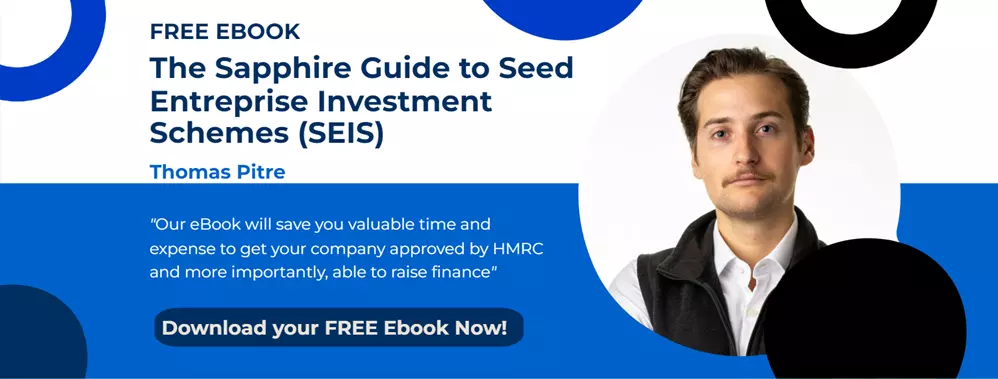 No matter what stage a company is at in its lifecycle, directors should always be aware of the fundraising options available. For companies incorporated or operating in the UK, you should understand the UK venture capital schemes, particularly the Seed Enterprise Investment Scheme (SEIS) and Enterprise Investment Scheme (EIS).
No matter what stage a company is at in its lifecycle, directors should always be aware of the fundraising options available. For companies incorporated or operating in the UK, you should understand the UK venture capital schemes, particularly the Seed Enterprise Investment Scheme (SEIS) and Enterprise Investment Scheme (EIS).
The SEIS and EIS schemes are reasonably similar to each other with a few core differences:
- The trade must be less than two years under SEIS or seven years under EIS.
- Have less than 25 employees under SEIS or 250 employees for EIS.
- Have less than £200,000 gross assets under SEIS or £15 million for EIS.
SEIS focuses on very early-stage companies who are either preparing to trade or recently begun trading. Investors of SEIS face more risk than EIS investors and are more limited in the amount they can invest under SEIS; however, they do receive better tax reliefs in some instances, partially when it comes to income tax relief. The following tax reliefs apply to SEIS investors:
- Income Tax relief of 50% against the amount invested. Income Tax relief can be used in the current year of the investment, and if any is remaining, it can be carried back to the preceding tax year.
- Capital Gains Tax (CGT) exemption on any gain from the sale of your SEIS shares; however, these shares must be held for three years following the share issue.
- Capital gains tax re-investment relief if the SEIS investment proceeds are re-invested in the same tax year.
- SEIS Shares held for two years and at the time of death qualify for 100% relief from inheritance tax (IHT).
- The investor can obtain loss relief, offset against their CGT or Income Tax if the company fails or if the shares are sold at a loss.

Many companies often don’t consider raising finance under SEIS as they sometimes think ‘there is no point as the company can only raise £150,000 under the scheme; let’s just raise under EIS where the cap is £5 million a year’. My answer is this: If your company meets the SEIS qualifying conditions, do not skip SEIS. This is simply because SEIS is, more attractive to investors even with the extra risk in comparison to EIS. You will be surprised at just how important SEIS shares are to investors. And if you promise investors SEIS shares and you are unable to deliver, your investors will not be pleased.
That is why you must take heed of the main pitfall that exists when raising under SEIS and EIS. You must ensure the Company issues SEIS shares at least one day before EIS shares are issued.
- Do not issue SEIS and EIS shares on the same day; otherwise, only the EIS shares will qualify for tax reliefs.
- Do not issue EIS shares then issue SEIS shares; SEIS must always be issued before EIS shares.
If your company meets the SEIS qualifying conditions, always start your fundraising with a SEIS round, which can incentivise investors to invest in your very early-stage company.


